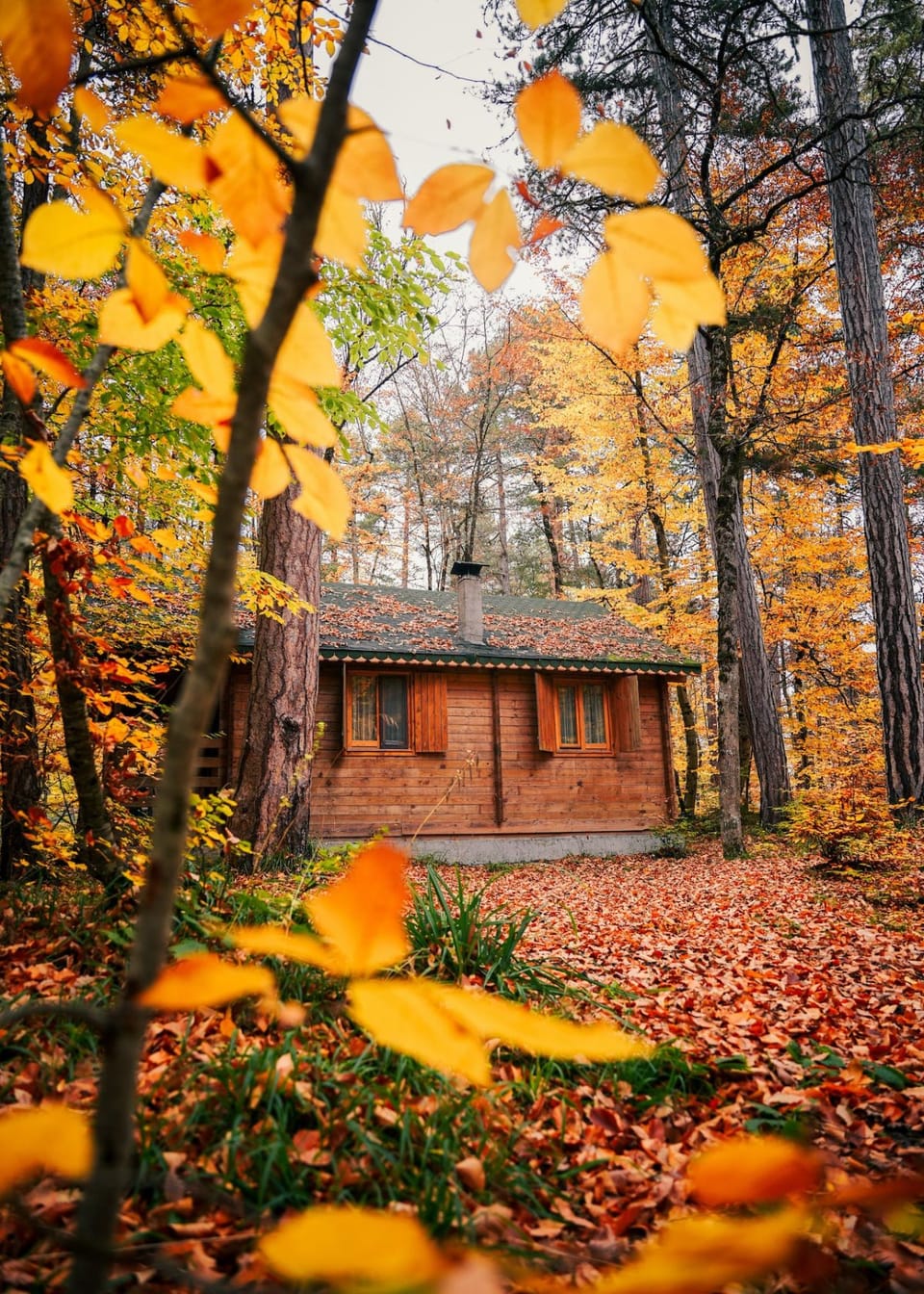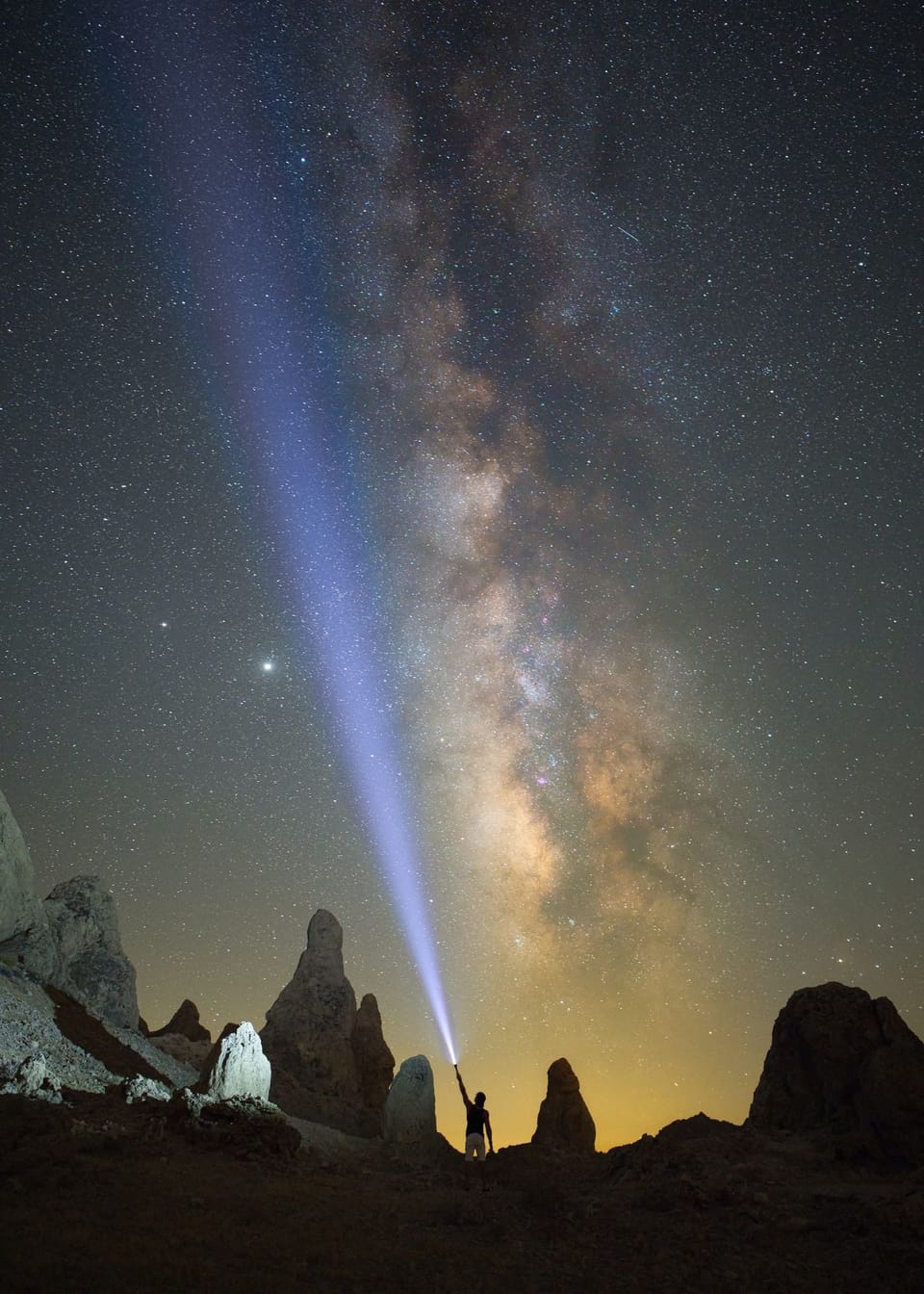What Makes Thermal Imaging Cameras Useful?
Thermal cameras increase efficiency by identifying areas where energy is being wasted, pest infestations, leaking pipes and much more!
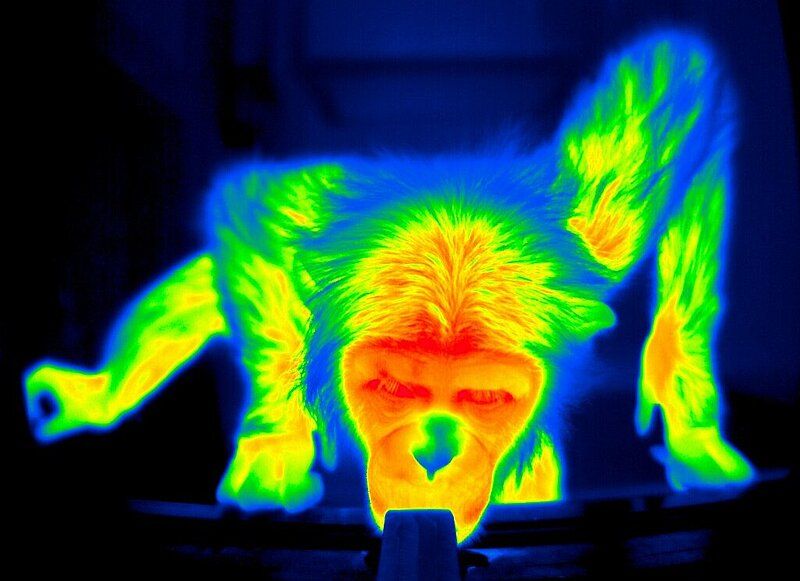
Need to see what’s going on in the dark?
Thermal Imaging Cameras let you explore those hard-to-see places without having to risk your neck! With its advanced technology, it can detect thermal radiation from heat sources and turn that data into visuals for real-time monitoring. Its ability to accurately measure temperatures makes it a reliable tool for taking care of all kinds of tasks.
Whether you need an up close view at night or want to look down long distances during day time, Thermal Imaging Cameras will give you a crystal clear picture of temperatures unlike any other device out there. And with its easy user interface, anyone can be able use these cameras like a pro!
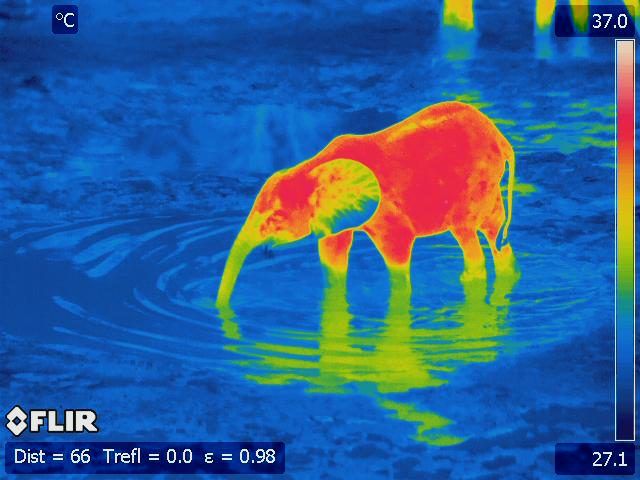

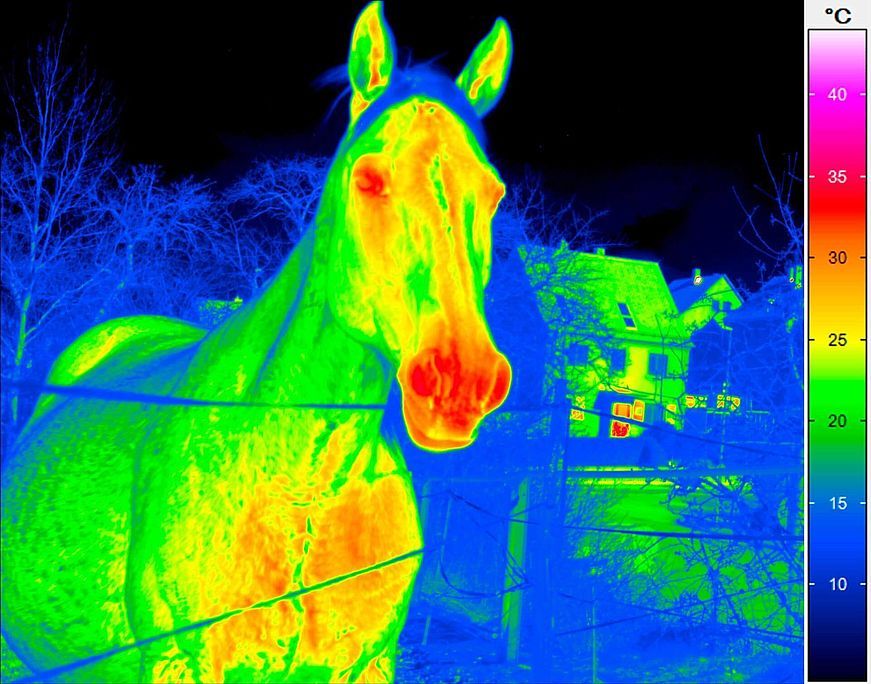
How Thermal Imaging Cameras Work
Thermal imaging cameras detect infrared radiation emitted by objects and then convert it into visible images that can be used to identify problems and make informed decisions.
This is an incredibly valuable tool for many industries, such as automotive, medical, engineering and defense. Thermal imaging cameras are also used in security, surveillance and law enforcement applications.
Benefits of Thermal Imaging Cameras
The primary benefit of using thermal imaging cameras is the ability to detect temperature changes quickly and accurately.
This helps users to spot potential problems before they become serious or even life-threatening.
For example, in the automotive industry, technicians use thermal imaging cameras to detect hot spots on engines or other components that may indicate a problem with the vehicle’s performance or safety.
In medical applications, doctors use thermal imaging cameras to detect abnormalities in patients that may not be visible using traditional methods.
Natural & Environmental Uses
Aside from detecting temperature changes, thermal imaging cameras are also incredibly useful for identifying energy loss in buildings or industrial facilities.
By detecting areas where there is excessive heat loss or air leakage, users can identify areas that need attention in order to improve efficiency and reduce energy costs.
This can save businesses thousands of dollars a year on energy bills!
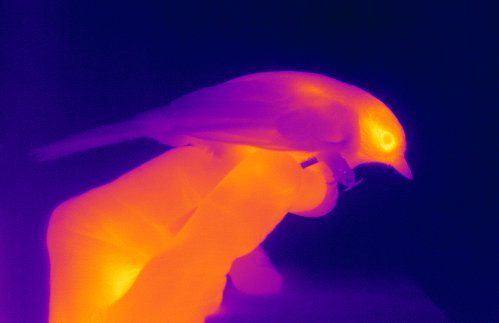
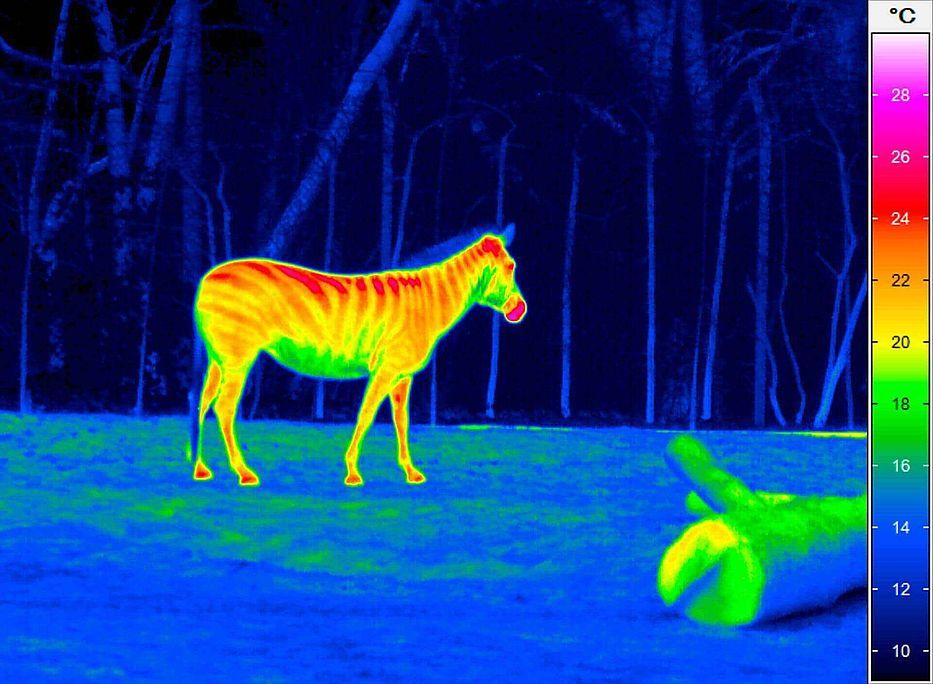
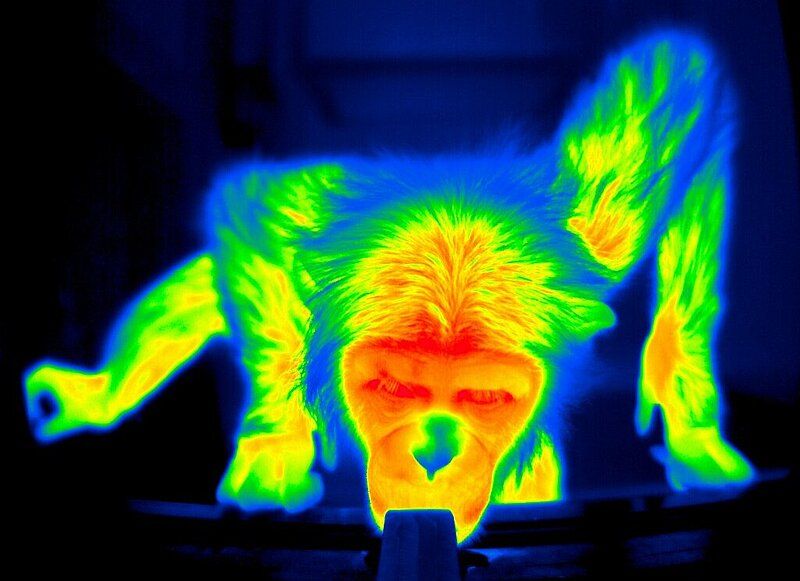
Home Maintenance Uses
A Thermal Imaging camera will quickly become your go-to tool around the house. It's designed to visual see temperature spectrum from very hot to very cold.
Detecting heat loss, finding damaged heating/cooling systems, moisture or leak detection and finally spotting hidden electrical hazards are just a couple of everyday uses for these amazing cameras.
Another invaluable benefit is pest infestations you cannot see with your naked eye. There could be rodents, insects, termites all hiding beyond your walls that you'll never be able to see without the use of this thermal technology.
Thermal Imaging FAQs
People often have a lot of questions about thermal imaging cameras and what they can be used for.
A lot of people are curious about thermal imaging cameras but don't know where to start when it comes to asking questions. They might not even know what the most common questions are.
We've compiled a list of the most frequently asked questions about thermal imaging cameras so that you can learn more about their benefits and how they work.
What is thermal imaging used for?
Thermal imaging, also known as infrared thermography or thermal video, is a type of technology that uses the heat energy emitted from objects to create non-contact temperature measurements.
Thermal imaging has many practical applications and can be used in a variety of industries and situations to detect problems and solutions quickly.
Thermal imaging devices take advantage of the fact that all objects radiate energy about their temperature - the hotter an object gets, the more infrared radiation it emits.
By using special devices equipped with sophisticated lenses, detectors, and cooling systems, these cameras can pick up even minuscule amounts of thermal radiation from both close-range or long-range sources within their field of view.
Thermal imaging finds its most common application in military-style night vision goggles where it is used for monitoring and surveillance purposes at night time when visible light transmission levels are low.
However, there are several other areas where thermal imaging technology is employed including medical diagnostics (breast cancer screening), environmental research (forest fire detection), industrial maintenance (leak detection) & safety checks (fault detection in electronic components).
Is thermal imaging worth it for a home inspection?
The short answer to this question is: yes, thermal imaging can be worth it for a home inspection. Thermal imaging technology is becoming widely used in the real estate industry and provides home inspectors with an additional layer of insight when evaluating properties.
Thermal imaging uses an infrared camera that detects surface temperatures on different material surfaces, such as walls, windows, doors, and insulation.
This data then allows the home inspector to identify potential problems or hazards in the property that could not be detected with plain-sight visual inspections alone.
For example, thermal imaging can detect air leaks around windows and cracks in foundation walls; moisture behind walls; missing or inadequate insulation on exterior walls; unusual temperature variations throughout a house where electrical shorts may exist; and hot spots on roofs which may indicate impending failure due to age or wear and tear.
Using thermal imaging during a home inspection could also provide homeowners with added peace of mind by helping them better understand any potential issues before deciding whether or not they want to buy a specific property – something that just isn't possible if you're relying only on traditional visual inspection methods.
What is the main advantage of thermal imaging?
Thermal imaging, also known as infrared or thermal-imaging technology, is a form of imaging that uses infrared radiation to detect and measure the variations in temperature across an area.
It has many applications in fields such as industrial manufacturing and process control, medical science, archeology research, and law enforcement.
The main advantage of thermal imaging is its ability to detect temperatures from a distance without physical contact.
What can hide you from thermal imaging?
While the concept of hiding from thermal imaging may seem like a complex task, there are some simple and effective tricks you can use to reduce or completely hide your heat signature.
The most effective way to block thermal imaging is with what is called a “passive infrared (PIR) blocking material”.
This type of material blocks the infrared radiation coming off an object and is usually made of metalized plastic types such as Mylar or polyethylene.
PIR materials are often used in clothing for military personnel, as well as on vehicles, or even on buildings and homes to reduce their heat signatures.
These materials work by reflecting infrared radiation (heat) away from their surface, thus eliminating almost all traces of it from being detected by any kind of thermal imaging technology.
Can thermal see-through walls?
Thermal see-through walls, also known as thermally transparent walls, are a reality today.
They use infrared (IR) cameras to capture images of the environment behind the wall using heat energy emitted by objects. The process is similar to regular night vision cameras but instead of detecting visible light, they detect heat energy.
Thermal imaging has become increasingly popular and is used in many different scenarios such as security surveillance, search, and rescue operations, thermal mapping for building inspection, law enforcement activities, and more.
Thermal imaging cameras offer numerous benefits for businesses and individuals alike. These powerful tools can help identify potential problems before they become costly; increase efficiency by identifying areas where energy is being wasted; provide critical information about machinery operation; and much more!
If you’re looking for an effective way to troubleshoot issues quickly and accurately – whether it’s mechanical, electrical or medical – thermal imaging cameras are definitely worth considering!
We've done the research so you don't have to! To browse our Top Picks for Best Thermal Camera please click the link below!

Your Friends,
LoveNatureReviews Team



